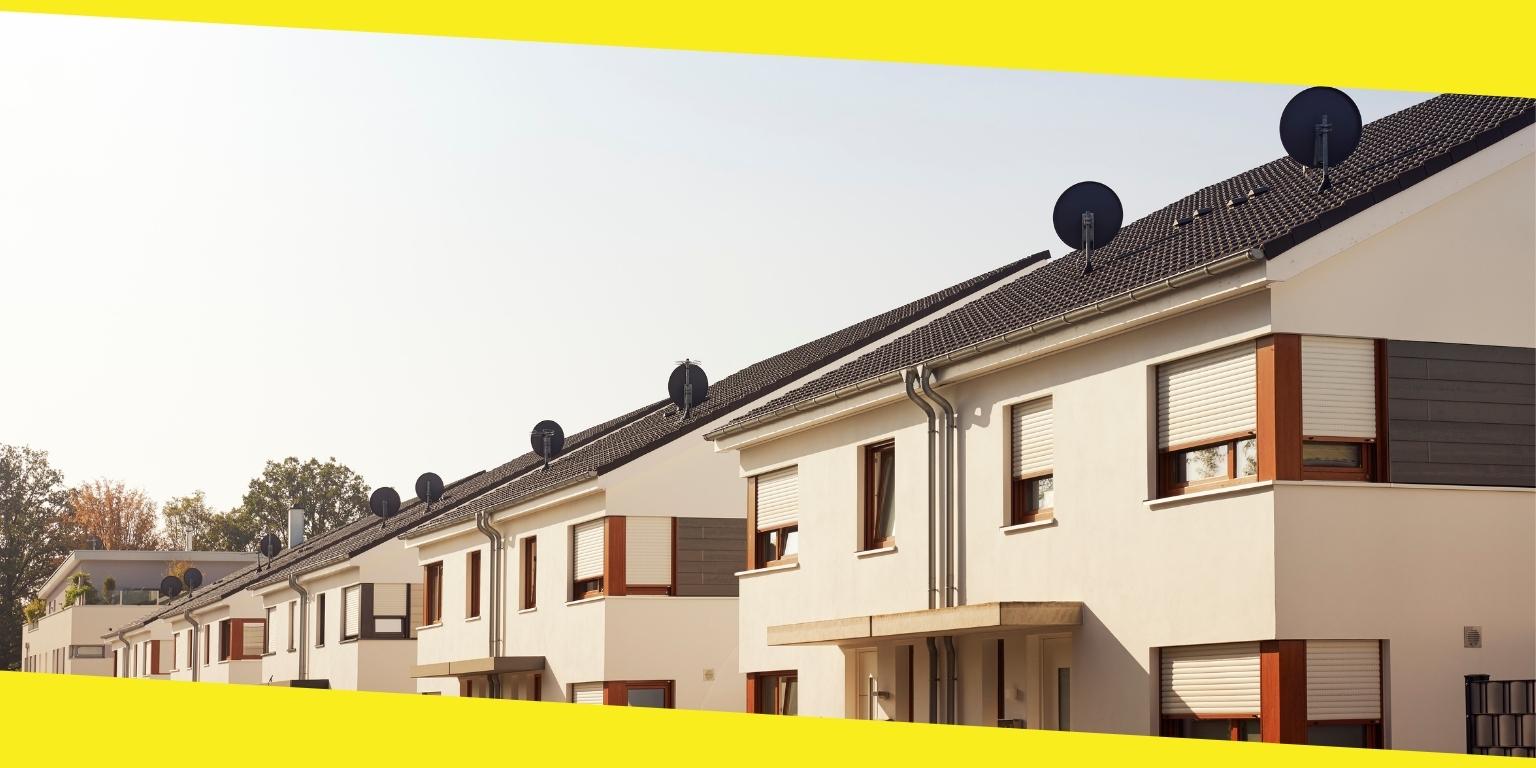Overcoming the Challenges of Providing More Affordable Housing
This post was last updated on March 22nd, 2024

America’s affordable housing crisis can no longer be ignored. With more than 11 million residents spending 50% of their paychecks on rent alone, only 36 affordable properties exist for every 100 low-income families.
But these concerns are not doomed to remain chronic. It is possible to overcome the challenges of providing more affordable housing by understanding origin points, potential causes, instigating factors, and implementing fundamental techniques that prevent issues before they occur.
Here are five of the most concerning challenges of modern affordable housing, as well as suggested actions to reduce industry friction and protect underserved populations.
The 5 Major Challenges Of Affordable Housing
There are five major challenges involved with affordable housing developments: inflation, financing, objectives, remodels, and repairs.
Let’s look at each of these topics in greater detail.
1. Monitoring Growing Financial Gaps
Despite a strong recovery after COVID-19, people still struggle to match their paychecks to their living expenses. National home prices rose by more than 15% in July 2022, with no signs of slowing down. To make matters worse, the housing market far outpaces the rates of traditional inflation — the median rent surpasses $2,000 for families nationwide.
Affordable housing providers must be vigilant of swinging bell curves and rapidly changing housing costs. Keeping a finger on the pulse of inflation is an excellent place to begin, as well as tracking housing indexes within a local area.
If you are unsure of your area’s median income (AMI) ratio, use tools such as Fannie Mae to calculate baselines for your city, county, or zip code.
2. Choosing Affordable Housing Financing
The vast majority of affordable housing loans for builders, developers and providers are based on the expected income of a developed property. But when housing prices are reduced or demand changes, lenders may be less willing to provide additional funds — resulting in a financing gap.
This is where secondary loans come into play. There are several types of affordable housing financing options to choose from, each with their own benefits, drawbacks, and requirements.
These include:
- Low-Income Housing Tax Credit (LIHTC): Offered by the Department of Housing and Urban Development, developers may be eligible for tax credits by dedicating a percentage of their property to specific income thresholds.
- Community Development Block Grant (CDBG): Smaller local governments may be eligible for free grants in exchange for yearly performance reports regarding a housing area or new community. This is great news for affordable housing providers working with government agencies.
- HOME Investment Partnership Program: Developers who qualify for HOME grants receive block funding for building, buying, or rehabilitating affordable homes.
- 221(d)(4): This HUD construction loan was designed for developers with larger projects in mind, offering $10 million or more at bare minimum.
Shrewd developers do well to examine the possibilities and pitfalls of each funding opportunity, making an informed decision about options only after considering their effects.
3. Managing Competing Objectives
Affordable housing projects are commissioned for a myriad of reasons. Some governments are interested in reducing crime or unemployment within certain zones, while others are concerned with stabilization or economic development.
Developers must find sustainable ways of managing these competing objectives at scale. This includes:
- Consolidating scattered site projects with SMART goals.
- Developing targeted housing plans with clear objectives.
- Targeting specific neighborhoods, incomes, or zones.
Keep in mind that most states require a community consolidation plan before submitting bids or breaking ground.
4. Determining Rehabilitation vs. New Construction
The construction of new neighborhoods is now the exception rather than the rule. But as established cities become denser and housing grows more inaccessible, restoration within older neighborhoods may be a significant opportunity.
Consider the costs of rehabilitating older properties rather than completing new buildings. What are the overall expenses? Are there opportunities for expansion in the future?
Take all of these questions into consideration while choosing a development site.
5. Fixing Older Or Outdated Neighborhoods
Transforming existing spaces like historic houses and communities into affordable housing zones can be extremely difficult. Lack of scale or size, lot splits, and underground surprises, for example, are frequent concerns.
However, affordable housing developments can still thrive under these conditions. Home values will skyrocket, owner-occupancy will rise, and crime rates will steadily decrease over time.
Preparing For The Future Of Affordable Housing
Looking back on the history of affordable housing, there are few if any ways to prepare for the decades ahead. But what we do know is that change is coming, roadblocks are real, and teamwork will be necessary for genuine, sustainable change.
“Developers and construction personnel must look ahead with a strategic lens, considering new methods of supply chain management and material acquisition,” says Paul Turovsky, a Residential and Commercial real estate agent with Emerald Realty International “In addition, local community groups must rally behind benefactors in their area, working closely with representatives and officials to encourage change and implement new ideas.”
In any event, the lack of available, affordable housing will not and cannot abate on its own. It will take a public commitment to promise low-income earners the respect and stability that affordable housing provides. Only then will America’s housing crisis begin to show signs of change, and alleviate the dramatic cost burden on millions of our most vulnerable citizens.
Recommended For You
Why You Need to Purchase Your Office Furniture Online
Most Inside
Most Inside offers high-quality recommendations and valuable updates to enhance all aspects of your life, providing premium guidance and enriching experiences.




